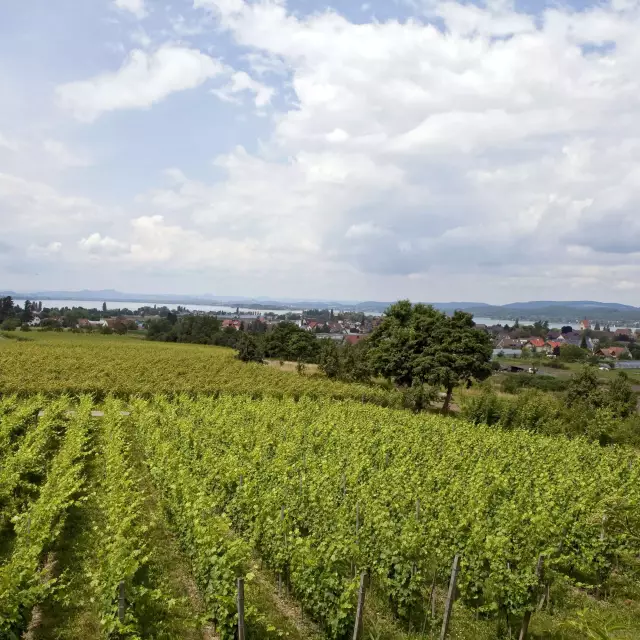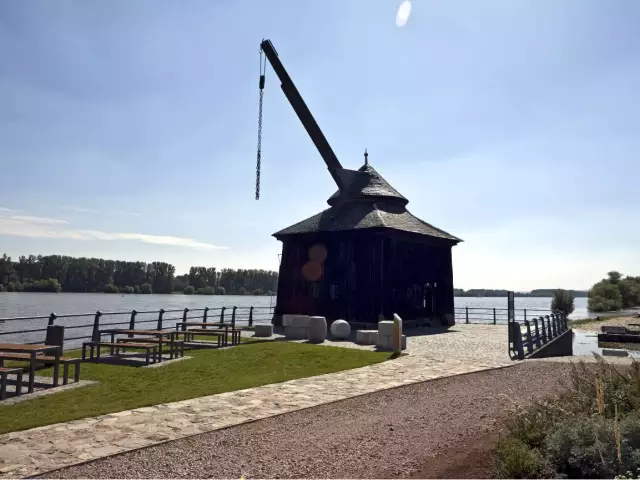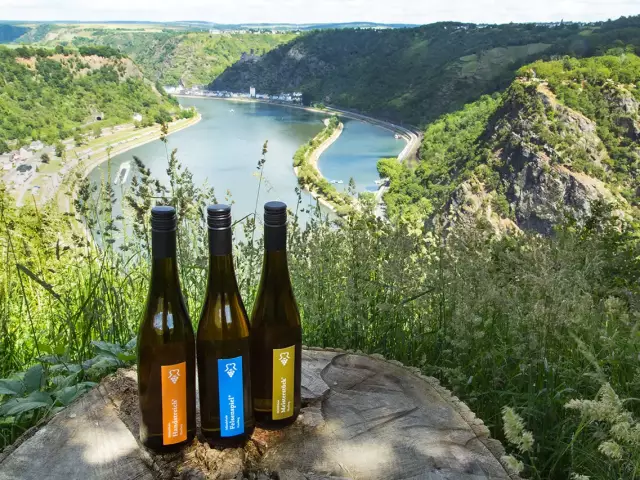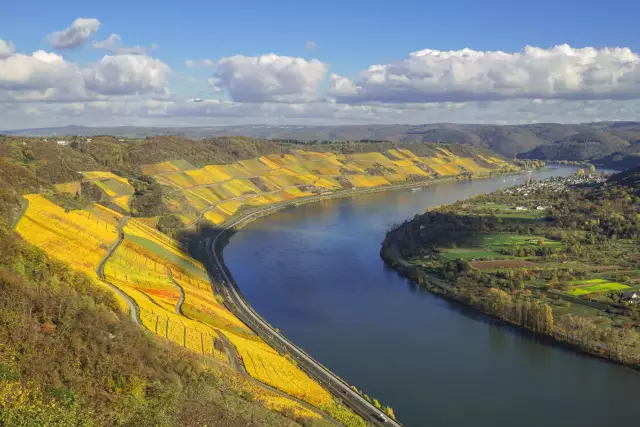The Wine Island of Reichenau

Germany's southernmost vineyards are cultivated on Reichenau, an island in Lake Constance, now a World Heritage Site. Today, it is better known as the "vegetable island", but for centuries, viticulture was the economic basis of the island’s farmers.
Reichenau was covered by a primeval forest until it was first inhabited in 724, when the missionary St. Pirmin founded a Benedictine monastery there. It wasn’t until 818 that the first vines were planted, by abbot Heito I., and the monastery flourished. According to chronicles, viticulture was so successful that Walahfrid Strabo, the abbot from 842-849, had to import quite a number of workers to the island to help cultivate the vines.
The success of the wines from Reichenau can be “blamed” on the lake itself. The body of water surrounding the island acts as a large heat reservoir, which, with the sunlight reflected from the water’s surface, radiates warmth to the vines, particularly in autumn and winter. It also serves as a natural air conditioner that helps prevent large temperature fluctuations and wards off frost in spring and autumn. In adition, the island is blessed with a great deal of sunshine – an ideal climate for growing grapes. In its heyday, up to 140 hectares of vines were cultivated on the island, peaking in 1913.
Throughout the preceding century, Reichenau’s vintners were plagued by poor harvests, vine pests, and declining prices for wine. As such, parish priest Meinrad Meier and 62 growers founded a cooperative, Winzerverein Reichenau, in 1896. Today, it is the smallest independent cooperative in Baden. Its members collectively cultivate 18 hectares of vines on the island. Their grapes are still pressed in the monastery’s old cellar, but according to the latest developments in cellar technology. The results can be sampled during the annual wine and fishermen’s festival in August, or year-round at the cooperative’s wine shop. The island of Reichenau was named a UNESCO World Heritage site in 2000.




